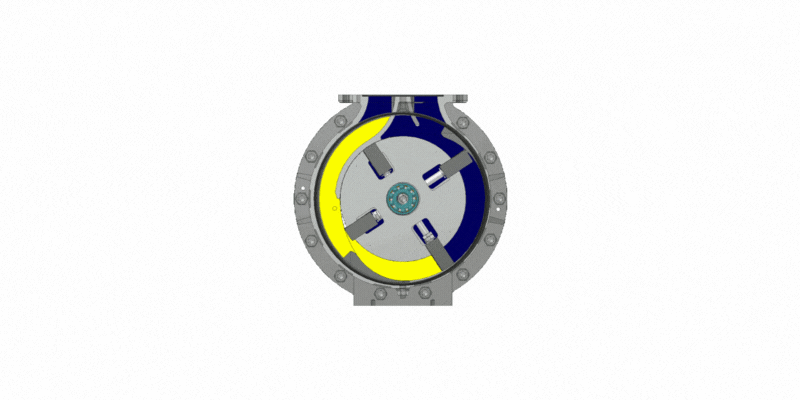Oil flow meters: how they work and available solutions
Have you ever wondered how a flow meter works? This article explains the principle of operation of an oil flow meter, examples and solutions proposed by ISOIL.
PD meters (Positive Displacement Meters) are extremely reliable and accurate oil flow meters. Each meter type has a fixed and known volume which is used to measure the volumetric flow rate of a flowing fluid. Due to their working principle, oil flow meters can be used for the measurement of fluids, such as light hydrocarbons, oils, fuels and solvents that are hardly calibrated by other meter devices.
- The working principle of an oil flow meter
- Advantages of oil flow meters
- Applications
- The best solutions
- ISOIL standards
How does an oil flow meter work?
All positive displacement flow meters operate by counting the number of known volumes flowing through the measuring chamber of the meter body. The measuring chamber of each oil meter type has a fixed and known volume so each rotation of the rotor inside the measuring chamber equals a certain amount of liquid. Rotations can be counted by a counter, either mechanical or electronic (i.e. a pulse emitter connected to a batch controller).
Contact our experts if you are in need of an oil flow meter system
Contact us
Why you should use a PD oil flow meter

Among the different models of flow meters, PD meters are one offering several advantages, such as:
- Accuracy - One of the main advantages of using a PD flow meter is its high level of accuracy, thanks to the very small clearance between the internal moving parts, gained by an accurate manufacturing process and assembly.
- Moreover, accuracy is not affected by the upstream conditions.
- Outstanding "repeatability" i.e. the ability to remain accurate for a certain number of cycles:
- Low maintenance, long life - P.D. meters can last for 10 to 20 years of continuous functioning (depending on the installation and usage conditions)
- Little sensitivity to uneven flow distribution across the area of the pipe
- Good extension of turndown ratio.
Discover more about ISOIL as a PD flow meter supplier
Read here
When to use an oil flow meter
PD meters are volume meters, where volume is the primary and direct measure. They are the perfect choice for all those applications where the sales transaction is performed by volume:
- Custody transfer of light hydrocarbons and fuels
- Fuel Oils (until a certain viscosity value) and lubricant measurement.
- Hydraulic testing, chemical injection or chemical dosing, pharmaceutical application, and similar precision applications
Our oil flow meter solutions
ISOIL flow meters can be divided into different categories according to size, application, and the construction material. The main types of PD meters we produce as manufacturers are:
- Single Case Meters (1 ½’’ – 8’’);
- Aviation Meters;
- Stainless steel meters (2’’ – 6’’), suitable for measurement of corrosive liquids such as those used in chemical and petrochemical applications;
- Double Case Meters (3’’ – 10’’);
- Gravity Meters (3’’ – 4’’);
- Pump & Gravity Meters (3’’ – 4’’).

ISOIL oil flow meters compliance
Thanks to their outstanding accuracy and repeatability, the ISOIL meters meet the requirements of the OIML - International Organisation of Legal Metrology OIML R117.
For more information about our oil flow meters
Contact us
Contact us for more information about our services and products
Form sent successfully
Error
